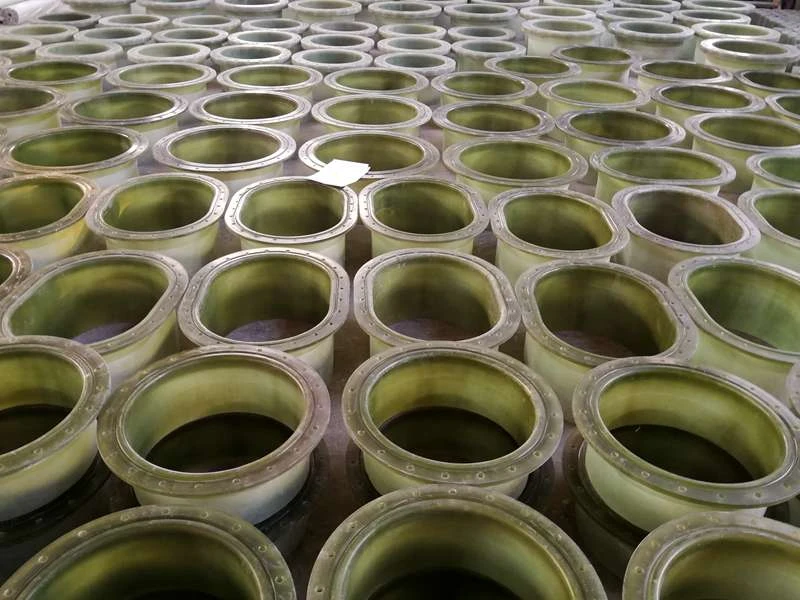
-
 Afrikaans
Afrikaans -
 Albanian
Albanian -
 Amharic
Amharic -
 Arabic
Arabic -
 Armenian
Armenian -
 Azerbaijani
Azerbaijani -
 Basque
Basque -
 Belarusian
Belarusian -
 Bengali
Bengali -
 Bosnian
Bosnian -
 Bulgarian
Bulgarian -
 Catalan
Catalan -
 Cebuano
Cebuano -
 China
China -
 China (Taiwan)
China (Taiwan) -
 Corsican
Corsican -
 Croatian
Croatian -
 Czech
Czech -
 Danish
Danish -
 Dutch
Dutch -
 English
English -
 Esperanto
Esperanto -
 Estonian
Estonian -
 Finnish
Finnish -
 French
French -
 Frisian
Frisian -
 Galician
Galician -
 Georgian
Georgian -
 German
German -
 Greek
Greek -
 Gujarati
Gujarati -
 Haitian Creole
Haitian Creole -
 hausa
hausa -
 hawaiian
hawaiian -
 Hebrew
Hebrew -
 Hindi
Hindi -
 Miao
Miao -
 Hungarian
Hungarian -
 Icelandic
Icelandic -
 igbo
igbo -
 Indonesian
Indonesian -
 irish
irish -
 Italian
Italian -
 Japanese
Japanese -
 Javanese
Javanese -
 Kannada
Kannada -
 kazakh
kazakh -
 Khmer
Khmer -
 Rwandese
Rwandese -
 Korean
Korean -
 Kurdish
Kurdish -
 Kyrgyz
Kyrgyz -
 Lao
Lao -
 Latin
Latin -
 Latvian
Latvian -
 Lithuanian
Lithuanian -
 Luxembourgish
Luxembourgish -
 Macedonian
Macedonian -
 Malgashi
Malgashi -
 Malay
Malay -
 Malayalam
Malayalam -
 Maltese
Maltese -
 Maori
Maori -
 Marathi
Marathi -
 Mongolian
Mongolian -
 Myanmar
Myanmar -
 Nepali
Nepali -
 Norwegian
Norwegian -
 Norwegian
Norwegian -
 Occitan
Occitan -
 Pashto
Pashto -
 Persian
Persian -
 Polish
Polish -
 Portuguese
Portuguese -
 Punjabi
Punjabi -
 Romanian
Romanian -
 Russian
Russian -
 Samoan
Samoan -
 Scottish Gaelic
Scottish Gaelic -
 Serbian
Serbian -
 Sesotho
Sesotho -
 Shona
Shona -
 Sindhi
Sindhi -
 Sinhala
Sinhala -
 Slovak
Slovak -
 Slovenian
Slovenian -
 Somali
Somali -
 Spanish
Spanish -
 Sundanese
Sundanese -
 Swahili
Swahili -
 Swedish
Swedish -
 Tagalog
Tagalog -
 Tajik
Tajik -
 Tamil
Tamil -
 Tatar
Tatar -
 Telugu
Telugu -
 Thai
Thai -
 Turkish
Turkish -
 Turkmen
Turkmen -
 Ukrainian
Ukrainian -
 Urdu
Urdu -
 Uighur
Uighur -
 Uzbek
Uzbek -
 Vietnamese
Vietnamese -
 Welsh
Welsh -
 Bantu
Bantu -
 Yiddish
Yiddish -
 Yoruba
Yoruba -
 Zulu
Zulu
fiberglass fitting
Understanding Fiberglass Fittings A Comprehensive Overview
Fiberglass fittings play an essential role in various industries, including construction, plumbing, and agriculture. These components, made from a composite material of fiberglass and resin, offer a range of advantages over traditional piping and fittings made from metal or plastic. As concerns about durability and corrosion resistance rise, fiberglass fittings are becoming increasingly popular.
One of the most significant benefits of fiberglass fittings is their remarkable strength-to-weight ratio. Unlike metal fittings, which can be heavy and cumbersome, fiberglass options are lightweight, allowing for easier handling and installation. This property is particularly valuable in large-scale projects where reduced weight can lead to lower transportation costs and easier maneuverability.
Corrosion resistance is another reason why fiberglass fittings are favored in various applications. Traditional metal fittings can corrode over time, especially when exposed to moisture or harsh chemicals. In contrast, fiberglass is inherently resistant to rust, making it an ideal choice for environments prone to corrosive elements. This characteristic extends the lifespan of the fittings and reduces maintenance costs over time.
Furthermore, fiberglass fittings are well-suited for temperature fluctuations. They can withstand both extreme heat and cold, making them versatile in different climates. This ability ensures that they maintain structural integrity and performance, regardless of environmental conditions.
fiberglass fitting

In addition to their technical advantages, fiberglass fittings also contribute to overall sustainability. The production process often utilizes recycled materials, and the fittings themselves are recyclable at the end of their life cycle. By choosing fiberglass fittings, industries can make strides toward more environmentally friendly practices.
Installation of fiberglass fittings is typically straightforward, resulting in reduced labor costs. These fittings can be easily bonded using specific adhesives or resins, creating watertight seals that enhance system reliability. Their compatibility with various piping systems makes them an attractive option for both new installations and repairs or upgrades.
Moreover, fiberglass fittings come in a range of shapes and sizes, making them versatile for numerous applications. From irrigation systems in agricultural settings to plumbing solutions in commercial construction, the adaptability of fiberglass fittings makes them a go-to choice for engineers and contractors alike.
In conclusion, fiberglass fittings are becoming increasingly integral to various industries due to their strength, resistance to corrosion, temperature stability, and sustainability. As industries continue to seek durable and efficient solutions, the demand for fiberglass fittings is expected to rise. By choosing these innovative components, businesses not only enhance their operational efficiency but also embrace a more sustainable future. Whether for water systems, chemical transport, or structural applications, fiberglass fittings represent a forward-thinking choice in modern construction and design.
Latest news
-
Exploring the Benefits of Top Hammer Drifter Rods for Enhanced Drilling PerformanceNewsJun.10,2025
-
High-Precision Fiberglass Winding Machine for GRP/FRP Pipe Production – Reliable & Efficient SolutionsNewsJun.10,2025
-
FRP Pipes & Fittings for Shipbuilding - Corrosion-Resistant & LightweightNewsJun.09,2025
-
Premium FRP Flooring Solutions Durable & Slip-ResistantNewsJun.09,2025
-
Premium Fiberglass Rectangular Tanks Durable & Lightweight SolutionNewsJun.09,2025
-
Tapered Drill String Design Guide Durable Performance & UsesNewsJun.09,2025









